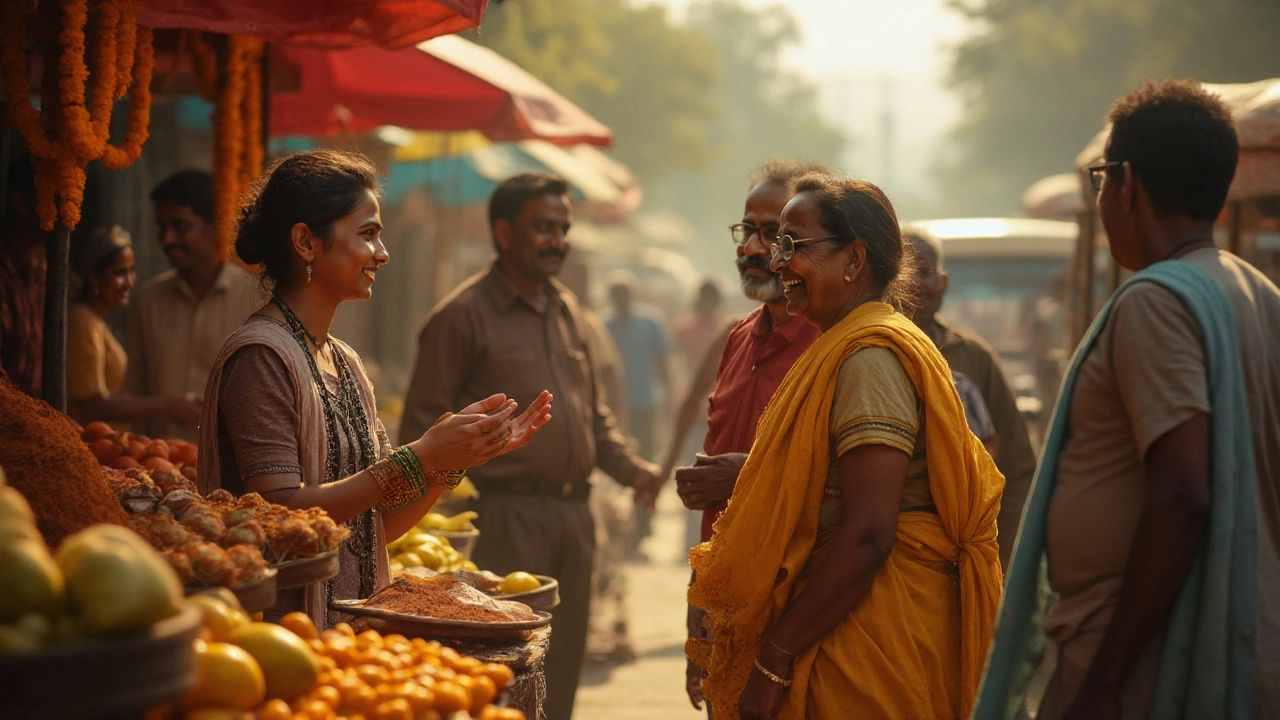Indian Etiquette: A Practical Guide to Respectful Interaction
When working with Indian etiquette, the set of social customs, manners, and respectful behaviors observed across India. Also known as Indian manners, it shapes how people greet, converse, and conduct business in the country. Understanding Indian etiquette helps you avoid awkward moments and shows genuine respect for the culture.
One of the most visible parts of Indian etiquette is the way people greet each other. The traditional Namaste, a palm‑pressed greeting accompanied by a slight bow signals humility and acknowledges the divine spark in the other person. In South India, you’ll hear Vanakkam, a similar gesture used in Tamil-speaking regions. Knowing when to use Namaste, Vanakkam, or a simple “hello” depends on the setting, the age of the person, and the level of formality.
Key Elements of Indian Etiquette
Beyond greetings, Indian etiquette covers a range of situations. In a business meeting, punctuality is valued, but arriving a few minutes early is seen as overly eager; a 5‑minute grace period is usually acceptable. Seating arrangements often follow seniority—elders and higher‑ranking officials sit first. Offering food or tea to a guest follows the principle of “Atithi Devo Bhava” (the guest is god), so refusing a drink can be considered rude unless you give a clear reason.
Personal space is another nuance. While urban settings might lean toward Western notions of privacy, many Indian families live in close‑knit households where sharing space is normal. Touching the head, however, is generally avoided, as the head is considered the most sacred part of the body. When entering a home, it’s polite to remove shoes at the doorstep—a practice that reflects both cleanliness and respect for the household.
Communication style also reflects etiquette. Indians often use indirect language to maintain harmony; saying “maybe” can mean “no” in a diplomatic way. Listening attentively, nodding, and using honorifics like “Sir” or “Madam” show deference, especially in formal or hierarchical contexts. On social media, respectful tone and avoidance of overt criticism align with the broader cultural emphasis on courtesy.
These elements all interconnect: proper greetings set the tone for respectful conversation, which in turn influences business interactions and social bonds. Knowing the difference between a formal “Namaskar” and a casual “Hey” can prevent misunderstandings, while awareness of seating hierarchy helps you navigate meetings smoothly. Together, they form a cohesive framework that defines how politeness is expressed across India.
Below you’ll find a curated collection of articles that dive deeper into each facet—whether you’re curious about wealth statistics, want to master the perfect Indian greeting, or need tips on business etiquette. Use these insights to adapt quickly, speak confidently, and blend in with ease the next time you engage in Indian social or professional settings.
